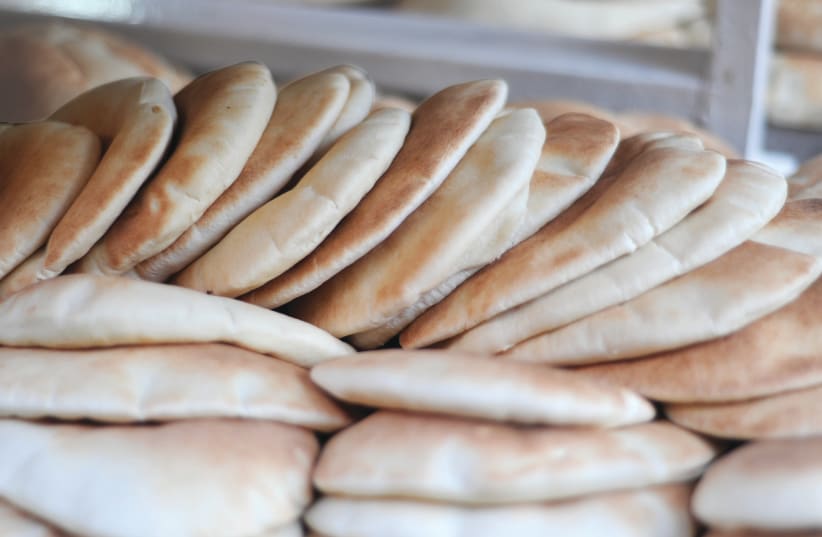Why is it then that most home bakers find it hardest to duplicate these famous, staple breads in their own kitchen? Have you ever managed to make a home-made baguette that tasted as good as the store-bought variety, or a bagel or a pita? If these breads are so simple, why are they so hard to get right at home?
The answer to that question is that many home-bakers think all bread should be made in a similar way. They think, if I can make halla, how hard can it be to make pita? And they set about making pita in a similar way to how they make halla, mixing the dough in a similar way, letting it rise in a similar way, baking it at a similar temperature in the oven and the result – abject failure.
These breads all have something in common. They are all simple breads and simple to make, but they each have a unique technique which you need to master to successfully bake them. It is complicated; in fact it is incredibly simple. It is like a secret that, once you know it, you can do it effortlessly yourself, again and again.
Part of the secret to baking successful pita at home is knowing that there are two main types of pita. The first is the pocket pita with a central air pocket, used to fill with delicacies such as falafel. The second is the larger, flat pita, or as it is known in Hebrew lafa, with no central air pocket, used as a wrap. We are going to learn to make both types.
The first secret of pita/lafa baking is a very hot oven and a very short bake. You cannot bake pita at 180º like you bake challah and expect it to form a central air pocket. You also do not need to fold the dough in a special way to make the air pocket. Pita should ideally be baked at 300º or more. It is this blast of intense heat which forms the central air pocket and causes it to balloon up and expand.
The only way to do this in a regular home oven is to use the grill setting. You also need to invest in a simple piece of equipment called a pizza stone, easily found in most kitchenware stores for around NIS 100.
Place the pizza stone on the upper oven shelf, as close as you can to the grill element. Turn the oven on to grill at the highest temperature possible and let the pizza stone heat up for at least 20 minutes before you put the pita in to bake.
Insert the pita rounds into the oven on the pizza stone, two at a time, with a spatula. Within a minute or two the pita will balloon up and you then remove them with the spatula – you do not need to flip them – and continue with the next pitas until you are done.
To make the lafa, you will need a wok (not Teflon coated). Place the wok upside-down IN THE GRAIN Pita perfect over the hottest ring on your oven top – electric, or even better, gas – to heat until it is extremely hot. You then drape the lafa dough over the inverted wok and bake for a minute or two until it starts to bubble, then remove it using two forks or tongs. Like pita, lafa does not need to be flipped.
The second secret of successful pita baking is not to let them dry out while they cool. When they come out of the oven, they should be immediately wrapped in a towel and allowed to cool. This moist environment preserves the flexibility of the pita and prevents it from become hard, dry and brittle; the same thing for lafa.
Eat warm or cool and store in plastic bags (keeps fresh for up to a day) or bag and freeze (keeps for weeks).
That’s all there is to it.
The writer, is a master baker and CEO of the Saidel Artisan Baking Institute (www.saidels.com). He also lectures and works as a consultant in the fields of cereal chemistry, health, nutrition and authentic Jewish bread.
